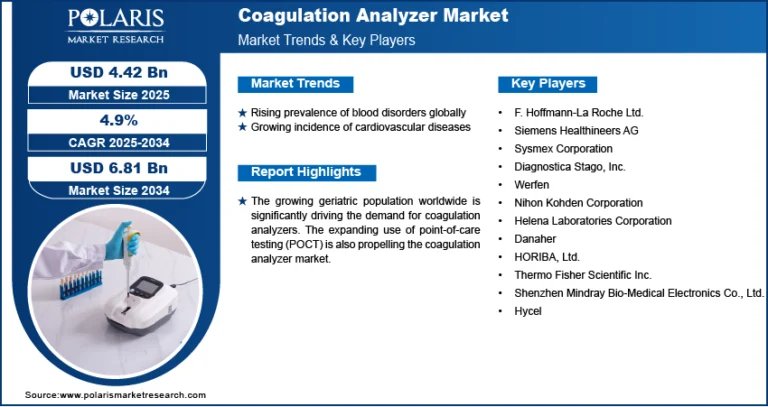Global Super Absorbent Polymers (SAP) Market Overview – Trends, Drivers & Outlook

The Super Absorbent Polymers (SAP) market has been expanding rapidly, showcasing remarkable versatility and demand across hygiene, agriculture, construction, and industrial sectors. SAPs are cross-linked synthetic polymers capable of absorbing and retaining extremely high volumes of liquid relative to their mass. As industries shift toward sustainability, convenience, and efficiency, SAPs continue to attract attention for their high performance and wide applicability.
Market Size & Growth Outlook
The global super absorbent polymers market size is expected to reach USD 20.08 billion by 2034, according to a new study by Polaris Market Research.Growth is being propelled by increasing demand in disposable products, advances in agricultural water management, and growing industrial requirements for efficient fluid handling.
⚙️ Key Drivers
-
Demographic & Socioeconomic Trends: Aging populations and the rise of urban middle classes in developing nations fuel hygiene adoption.
-
Technological Innovation: R&D continues to improve SAP biodegradability, absorbency, and customization via nano‑ and micro‑structuring.
-
Agricultural Efficiency: Environmental concerns and water scarcity drive adoption of SAPs to enhance crop yield and reduce resource use.
-
Construction Demands: Accelerating infrastructural projects and demand for high-performance, durable concrete systems underpin SAP usage.
💡 Challenges & Restraints
-
Price Volatility: SAPs rely on petrochemical feedstocks; fluctuating oil prices can affect affordability and supply stability.
-
Environmental Concerns: Historically non-biodegradable SAPs face scrutiny. Producers are transitioning to sustainable variants to meet regulatory and consumer expectations.
-
Regulations & Health Standards: Some SAPs are limited in food or medical contact applications unless they meet stringent safety certifications, which can impede market expansion in these segments.
🔮 Future Trends
-
Sustainable & Bio-Based SAPs: Manufacturers are investing in eco-friendly polymers derived from plant-based or biodegradable backbones.
-
Functional Surface Modifications: Enhanced SAPs are being developed for precise applications—such as rapid water uptake, controlled release, or selective absorption.
-
Advanced & Smart Agriculture: Integrated soil sensors, tailored release nutrients, and smart irrigation platforms are likely to leverage SAP technology.
-
Green Construction Materials: SAPs are being integrated into energy-efficient building materials for internal curing, thermal regulation, and moisture control.
-
Medical-Grade Innovation: SAP use in advanced wound care, bio-fluid collection, and surgical systems is expected to grow, especially with customization and sterility breakthroughs.
Market Segmentation
By Type Outlook
- Sodium Polyacrylate
- Polyacrylate/Polyacrylamide Copolymers
- Others
By Application Outlook
- Personal Hygiene
- Adult Incontinence Products
- Female Hygiene Products
- Baby Diapers
- Agriculture
- Medical
- Industrial
- Others
𝐄𝐱𝐩𝐥𝐨𝐫𝐞 𝐓𝐡𝐞 𝐂𝐨𝐦𝐩𝐥𝐞𝐭𝐞 𝐂𝐨𝐦𝐩𝐫𝐞𝐡𝐞𝐧𝐬𝐢𝐯𝐞 𝐑𝐞𝐩𝐨𝐫𝐭 𝐇𝐞𝐫𝐞: https://www.polarismarketresearch.com/industry-analysis/global-super-absorbent-polymer-sap-market
🌍 Regional Insights
-
North America leads in per capita SAP use, with strong demand in advanced hygiene products and agriculture.
-
Europe follows closely, spurred by eco-conscious consumers and sustainable agricultural adoption.
-
Asia-Pacific is the fastest-growing region, driven by the world’s largest hygiene product demand centers in China, India, and Southeast Asia.
-
Latin America and Middle East & Africa are emerging markets where healthcare and agriculture segments are witnessing gradual uptake.
✅ Summary
The Super Absorbent Polymers (SAP) market is set for sustained growth, driven by essential hygiene applications, innovative agricultural uses, and technical performance materials. While environmental sustainability presents both a challenge and an opportunity, the industry is responding with biodegradable options and advanced smart solutions. As innovation continues, SAPs will find deeper penetration into high-value markets, contributing significantly to water conservation, medical technologies, and resilient infrastructure.


![Gabapentin Market Analysis: Opportunities, Innovations, and Growth Potential Through [2025-2034]](https://beeswire.com/wp-content/uploads/2025/07/polaris-59-768x768.png)



